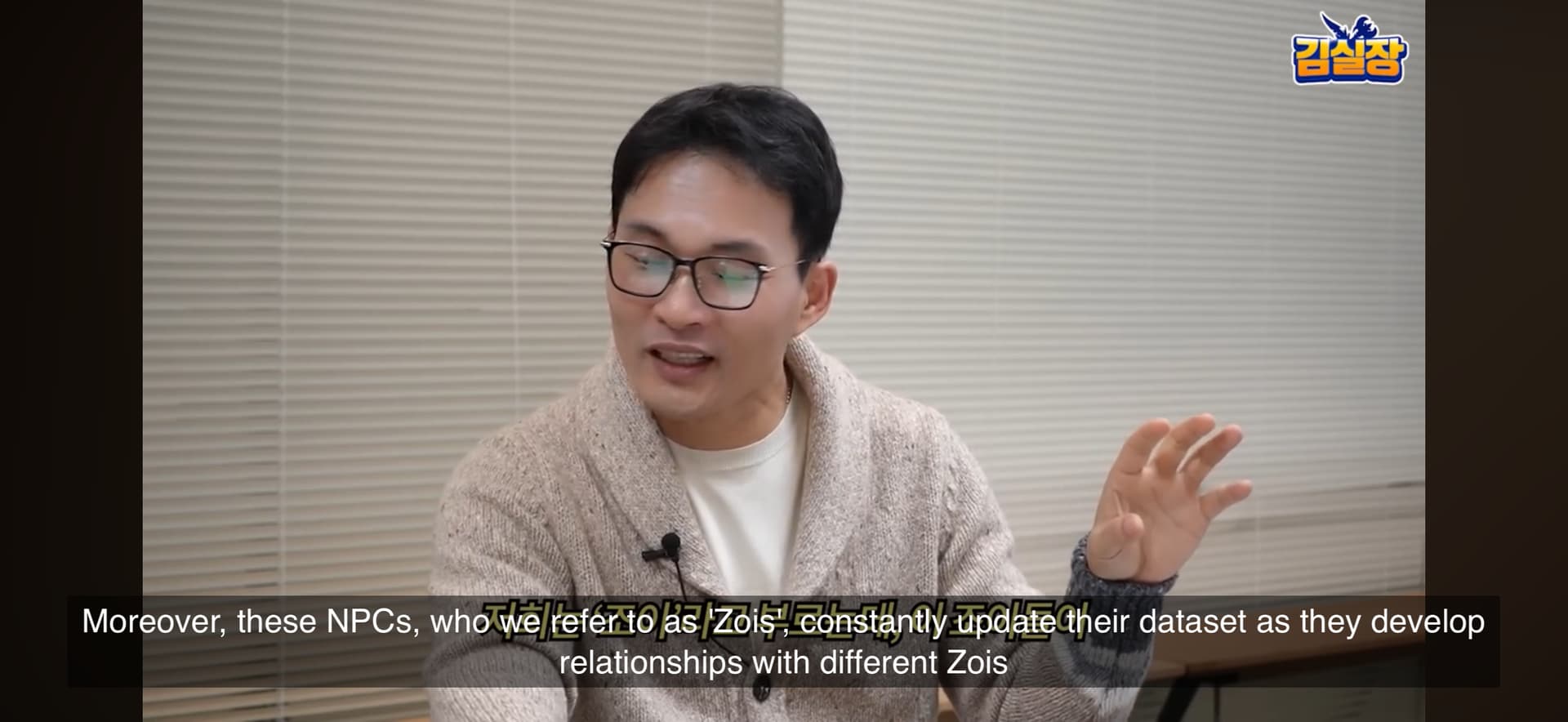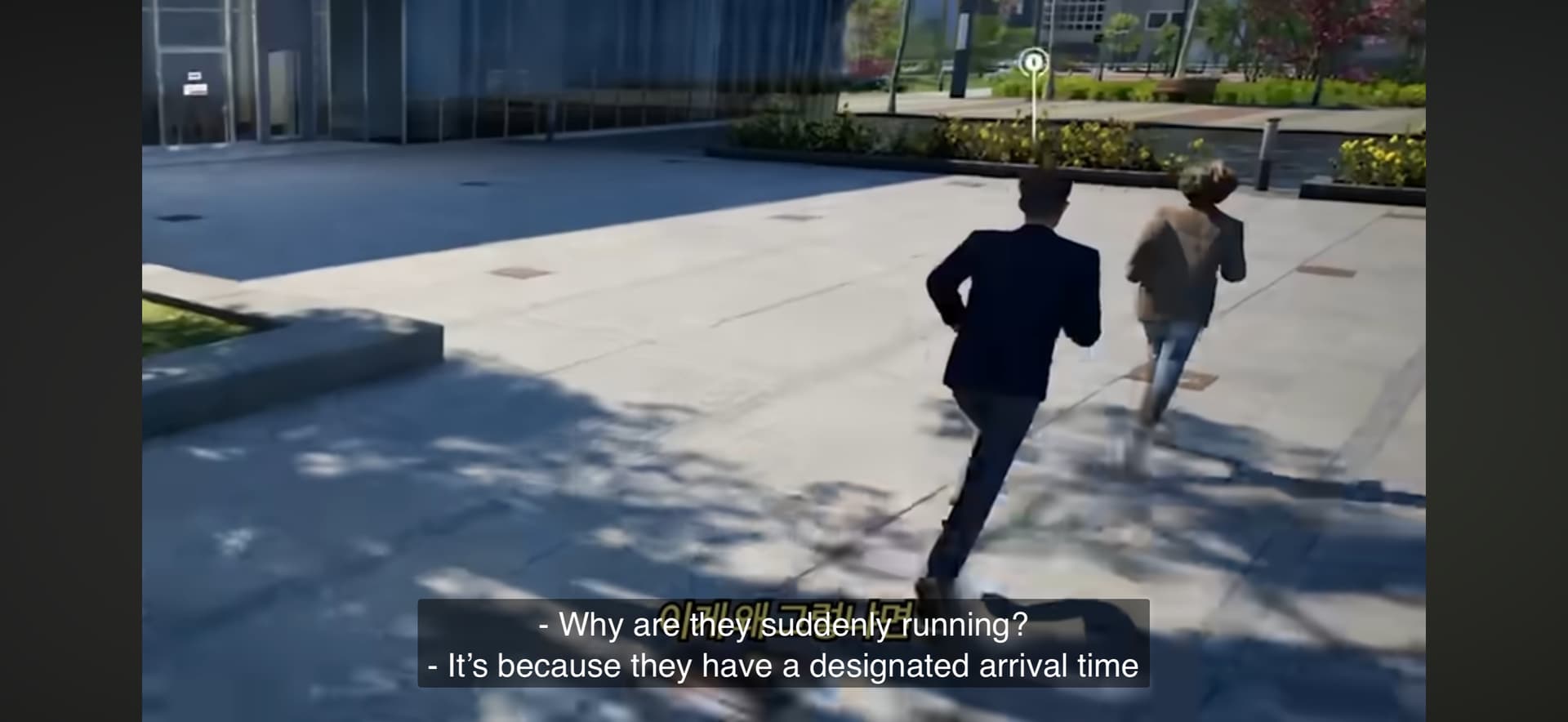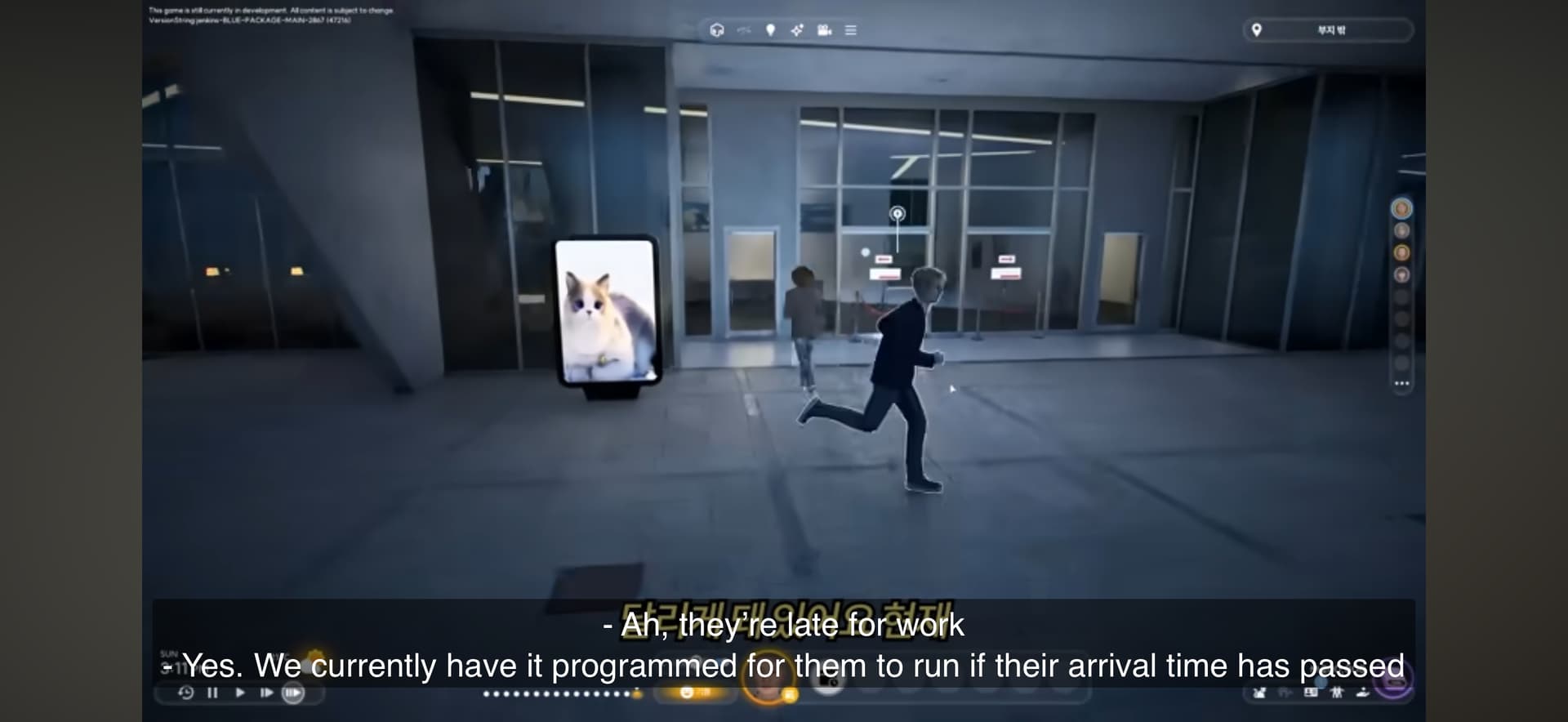Dear developers,
If semi-open world is being proposed as a solution, we need to be sure the architecture has truly exhausted all other options, but we have no understanding of how the actual simulation model works, or what in it has led to such drastic measures being considered.
You’ve also mentioned expecting alternative proposals from players — but that requires at least some understanding of how the current simulation model is structured. Otherwise, how can we theorize meaningfully without any input for research?
And here’s the another issue: many players may think instancing just means a loading screen. In reality, it can be a fundamental structural shift in how simulation works. As far as we can guess (again, players aren’t professional developers), instancing doesn’t just load a space — it runs only the current lot, isolates logic, pauses/freezes the rest of the simulation, resets off-lot actions, blocks story progression and breaks continuity. This isn’t a minor visual delay.
Could this mean that even within the player’s own household, switching to a Zoi located in an instanced area might freeze the rest of the family until that zone is reloaded? And when switching back, does that Zoi remain unsimulated until their zone is reloaded again?
Does the rest of the city stay explorable from this key location, but not fully simulated? If you’ve gathered the entire crowd into, say, a nightclub, are their city-wide representations temporarily suspended within that instance? — and upon exiting, are they redistributed back into the world through a loading screen?
Could it also mean that a business created by one household, when rotating to another, might lose all links to its owner and assigned roles, continuing to exist only as a shell that another household can occupy? (Thanks to B&H for revealing this.)
UPD: It’s not even about the loading screen or 2 seconds of waiting for me. It’s about the nature of an ‘instanced’ lot. Instanced lots only function when you’re there with your camera and zoi. Meaning that if you go out of it because you want to control another zoi in your household that is back home or somewhere else in the world, you’ll leave the instanced lot and it will most likely become ‘frozen’ or rabbithole-esque until you go back there again. This is a nightmare for anyone who wants to seamlessly control multiple zois that are in different places in town. - “Feedback on Reddit Q&A: Keep inZOI Open World” - #28 by NovelistAnne
UPD2: Specifically, we’re looking at replacing key locations with separate instances (the key term here is instancing, not loading) that players would enter through a short loading screen. - inZOI Reddit AMA Q&A – Part 2
That’s why I’d ask the team to communicate more openly about the full consequences this approach may have — so there’s no misunderstanding, and only consent given after that disclosure is treated as valid.
For example, before v0.3 I noticed that Zois acting as staff and as visitors across city venues, weren’t listed in the Karma Report. After a reload, they were replaced, leaving behind a large number of freely circulating “homeless” Zois (155 in the KR, but I counted around 70 in BB). After v0.3, the principles changed, and the total number of Zois increased to roughly 255 (I counted 251 in BB), half of them are clearly assigned to workplaces, and some others roam the city and remain active… but this gives us very little understanding.
We don’t know how optimized the simulation in inZOI actually is. Like in Sims 3, does it divide Zois-agents into distinct layers — with active, simplified LODs with routing, and offline states? Does it use timeslicing or asynchronous/deferred Story Progression? Are there proxy or clustering solutions in place — such as approximated agent clusters managed by global entity or some alternative solutions, like Unreal Engine 5’s Mass Entity Framework (Mass Crowd/AI, etc.)? (This has already been discussed in Discord brainstorms)
For example, instead of persistent routing, I’m seeing Zois respawn. There’s no visible logic connecting on-screen activity to the simulation. In contrast, Sims 3 maintained full routing for every sim across the entire city even off-camera, they had destinations, schedules, and transitions though Sims 3 ran on x86 architecture, single-threaded, and with just 3 GB of RAM.
UPD: Sims 3 has many features that make it so the entire city isn’t fully simulated at once, but it still feels like a seamless open world experience. I can send one Sim to the park and the other sim to the café and only those two lots will be fully loaded and simulated in while the rest is in a partially-loaded (low-render) stand-by mode. - “Feedback on Reddit Q&A: Keep inZOI Open World” - #28 by NovelistAnne
Cities: Skylines simulates up to 65,000 agents in real time (including citizens, vehicles, and service units) each with individual routing and behavior logic. Assassin’s Creed Unity (2015) maintains ~60 fully simulated agents, while the rest are processed in two bulk LOD layers for crowd density managed by “Shepherds”. The Witcher 4 (UE5, 2027) is expected to simulate up to 300 agents on screen (PS5, 60 fps, RTX On)…
You’ve also mentioned the concept of Small Cities. At this point, it’s still unclear how they’re actually planned — but it did seem like a convincing solution for lower-end PCs, one that would minimally affect the experience for players with high-end setups.
Still, it could be extended to all players. For example, such a City (district or neighborhood) could be integrated into a larger map, like in big open-world titles like GTA or Watch Dogs 2. But I’ll leave that aside for now, since most players are likely more curious about the original design intent.
So before semi-open world becomes the default answer, let’s first examine whether all consequences have truly been considered, and whether alternative solutions have genuinely been pushed to their limits. Otherwise, we risk trading genre continuity for performance without fully understanding what’s being lost!
Thank you, and have a great day!









